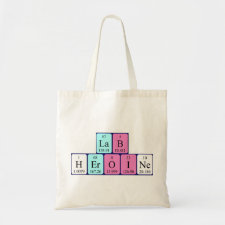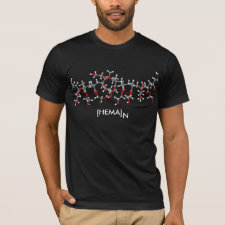
Authors: Venton DL, Gudipati E
Article Title: Influence of protein on polysiloxane polymer formation: Evidence for induction of complementary protein-polymer interactions.
Publication date: 1995
Journal: Biochimica et Biophysica Acta - Protein Structure and Molecular Enzymology
Volume: 1250
Issue: (2)
Page numbers: 126-136.
DOI: 10.1016/0167-4838(95)00080-E
Abstract: Results presented in the companion paper suggested that the protein itself might be actively involved in the polymerization process while being entrapped in polysiloxane polymers. It was speculated that the organo-functional side chains on the silanol monomers (or small oligomers) tended to associate with complementary residues on the protein surface during the polymerization process. This phenomenon might lead to complementary binding pockets for the protein on the polymer. To investigate this possibility, polysiloxane polymers were prepared from 3-aminopropyltriethoxysilane and tetraethylorthosilicate (1:3) in the presence of two proteins: urease and BSA. The entrapped proteins were removed by pronase digestion and washing and the resulting polymers evaluated for their ability to again bind the two proteins. It was found that urease preferentially bound to the polymer made in the presence of urease, and BSA preferentially bound to the polymer made in the presence of BSA. The absolute preferential binding excess was greater (30%) for urease binding relative to that observed for BSA (3%). However, in both cases the same relative binding ratio of 1.5 or 50% excess was found. A similar study using the closely related hemoglobin and myoglobin proteins failed to show comparable excess binding in the presence of the predetermined protein. In the latter case, it was demonstrated that the rebound proteins did not equilibrate with labeled solution proteins, indicating a very tight association with the polymer surface possibly masking any specificity which existed. However, it was possible to show that urea release of rebound hemoglobin from the polymer made in the presence of hemoglobin was less than for myoglobin bound to the same polymer and visa versa, again suggesting induced properties unique to the polymer prepared with the predetermined protein. To the extent that this notion of induced complementary order is correct, it may have implications in the development of protein specific adsorbants and in our understanding of polymer surface adhesion and the molding of template fine structure
Template and target information: protein, urease, bovine serum albumin, BSA



Join the Society for Molecular Imprinting

New items RSS feed
Sign-up for e-mail updates:
Choose between receiving an occasional newsletter or more frequent e-mail alerts.
Click here to go to the sign-up page.
Is your name elemental or peptidic? Enter your name and find out by clicking either of the buttons below!
Other products you may like:
 MIPdatabase
MIPdatabase









